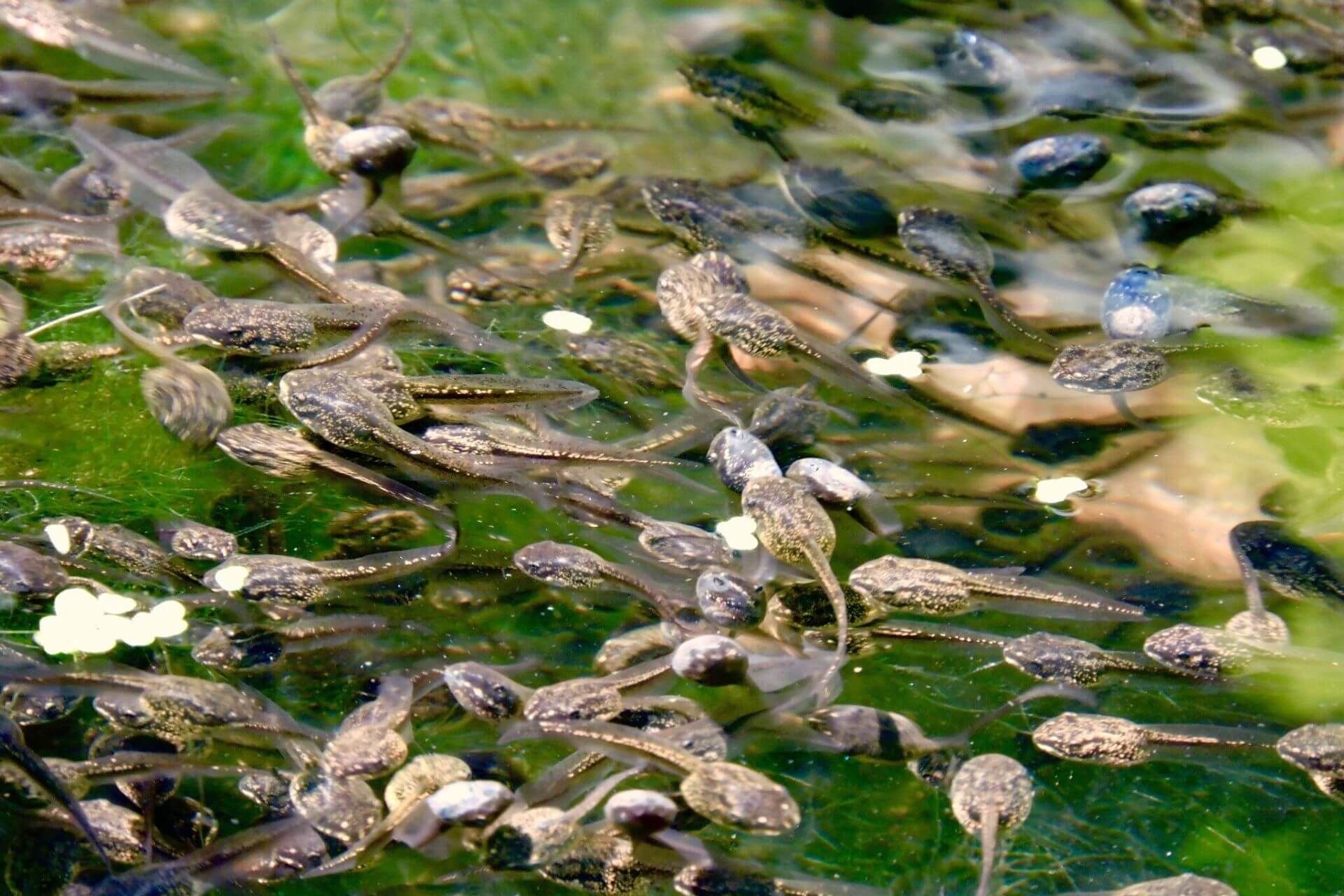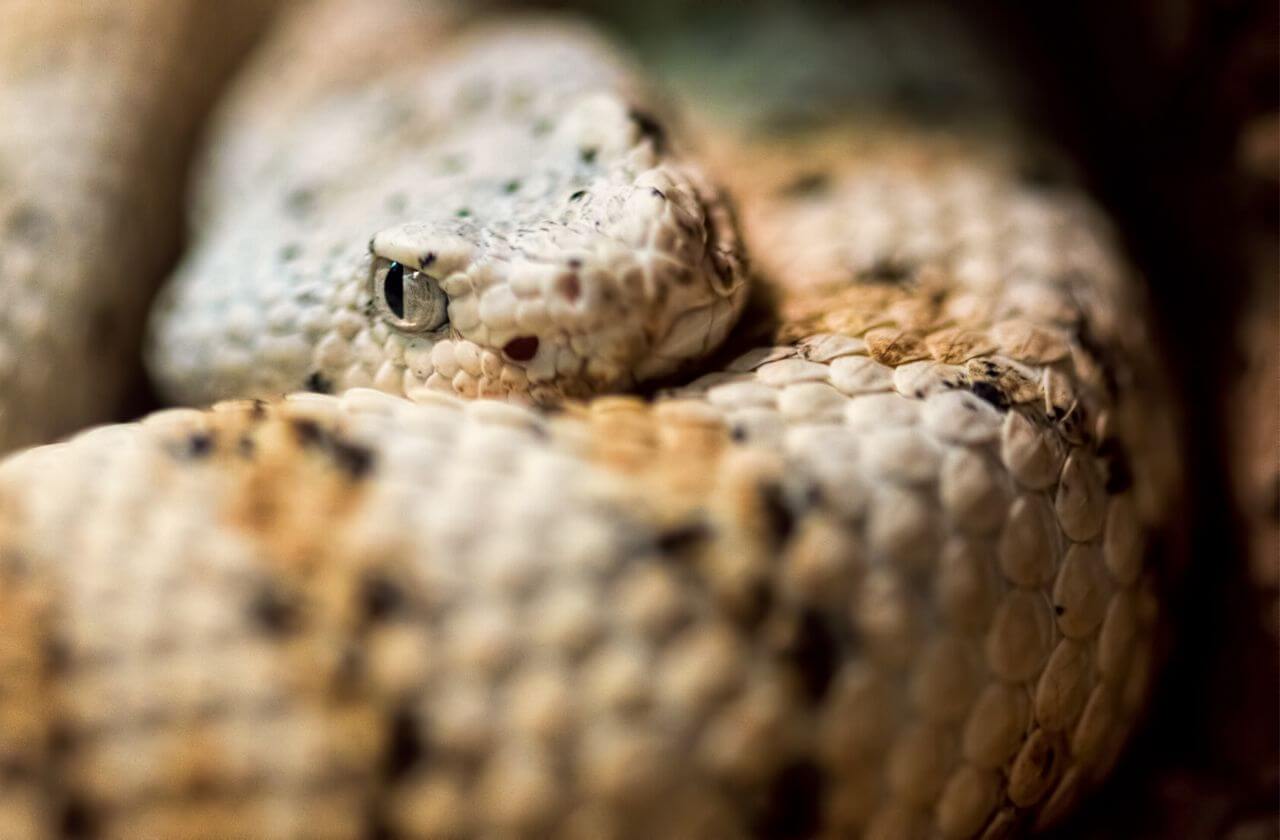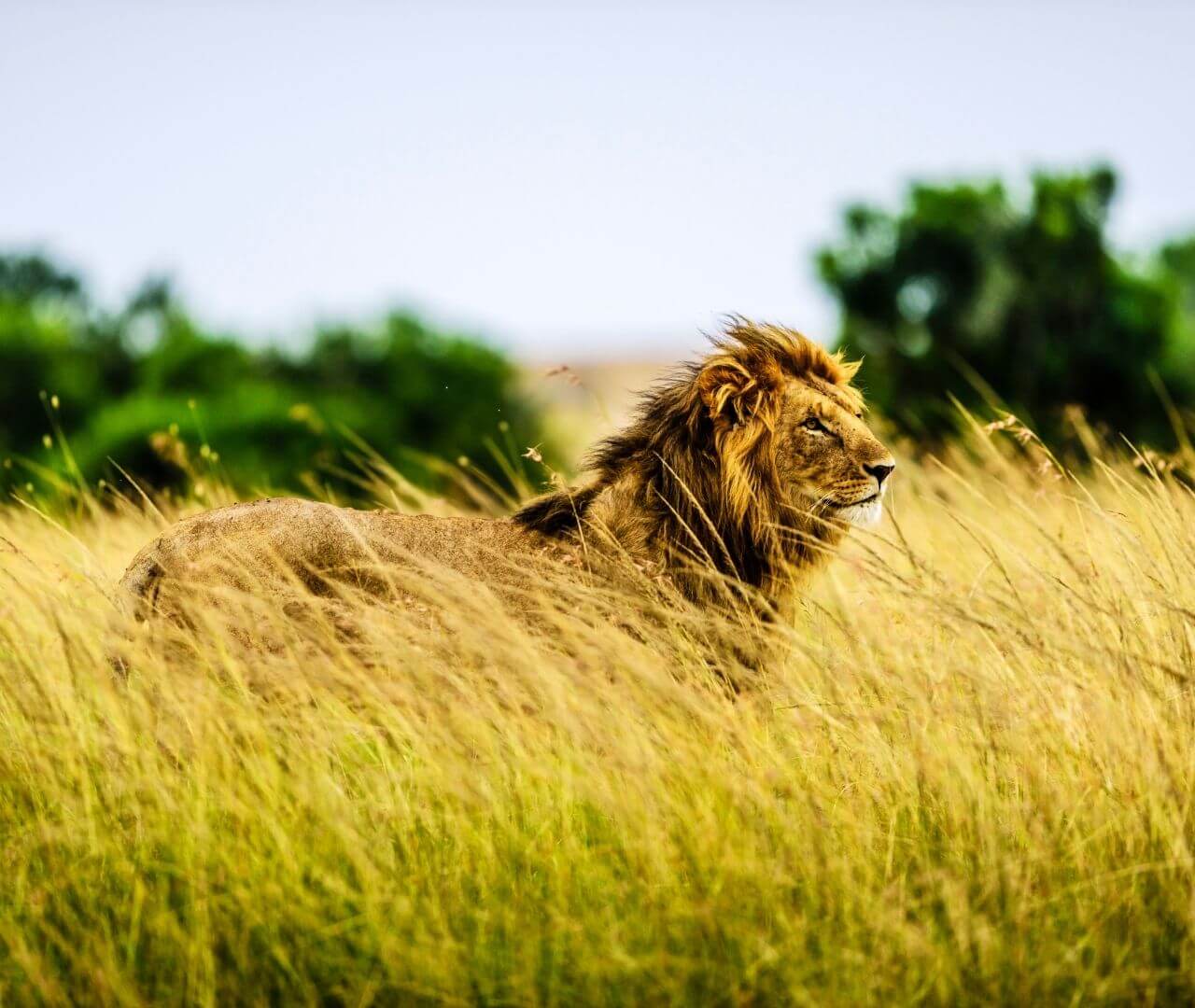It is abundantly clear that reptiles do not have skin the same way people or other groups of animals do. Instead, they have scales made of keratin (the same material as our fingernails, a stingray barb, and a rhino horn) that come in all shapes and sizes. Heck, they often vary in shape and size on the same animal! Take a snake for example: when you see one sliding through the grass, you see the small, triangular scale on their backs. However, if you flip them over (which I do not recommend), you would notice the scales on the belly are much wider and hardly triangular. This helps them move around without getting tons of scales stuck on debris. They also have scales that cover their eyes which shed along along with the rest of the body. Scales don’t really stretch the same way skin does, so when snakes grow, they must shed the coating of the scales which are now too small. Snakes often shed their whole body in one clean piece, while other reptiles tend to shed in patches.
Remarkable Reptiles | What Makes a Reptile a Reptile | edZOOcating
Sarah Skebba • May 15, 2020
When most people picture a reptile, they see a scaly, slithering dinosaur hiding in a burrow or basking in the sun. The only thing you would be wrong about is the dinosaur part; birds are the real dinosaurs! Reptiles can be found on every continent except for Antarctica in a variety of extreme habitats. Some of the 10,000+ species have evolved to withstand burning deserts and deep ocean waters, some can climb and others dig, some can kill a beast with just one bite. Though turtles, tortoises, snakes, lizards, and crocodiles are very different, they have a few key characteristics in common.
Cold-Blooded
Unlike you, your dog, and the squirrel outside, reptiles are not able to regulate their own body temperature internally. Reptiles are ectothermic, or cold-blooded, meaning their body temperature depends on the environment around them. In areas where the sun gets too hot, reptiles must hide in shaded areas or burrow during the midday hours. In the chillier regions and seasons, reptiles must bask in the sun to warm themselves up. Some desert reptiles will go into a reptile-like hibernation, called brumation, where they slow their metabolism and reduce their breathing to avoid freezing during the cold months.
Vertebrate
Like mammals, amphibians, and fish, reptiles possess a backbone, or spine. That’s right, even the slithery snakes have a backbone with dozens of ribs that run almost the whole length of the body. Turtles and tortoises have spines and ribs which connect the soft, fleshy body to the hard, protective shell.
Scales
Eggs
When I was in elementary school, I learned that all reptiles lay eggs. It wasn’t until adulthood that I realized that was a big, fat lie and way more complicated! There are three ways that reptiles can give birth, the first being in the standard egg-laying way. This is the most common way that reptiles reproduce, including most pythons, sea turtles, and iguanas. This is called oviparous. Some also give birth to live young, and this can happen in two ways. Some reptiles allow their offspring to develop in eggs, but they keep the eggs inside their bodies. This includes all gartersnakes and is referred to as ovoviviparous. Other reptiles are able to reproduce like mammals, where the offspring develops directly inside the mother, not in an egg. This is called viviparous
and occurs in several species of skinks.
Reptiles are a unique group of animals because, unlike mammals or fish, scientists suspect that not all reptiles share the same common ancestor. Wouldn’t you be mind-blown to know that some reptiles, like crocodiles, are more closely related to birds than they are to lizards or other reptile groups? Regardless of the scientific debate, we can all agree that, for the time being, these four characteristics are how we can tell a reptile from a mammal or fish.

Spring days become longer, hotter. Bullfrog stands guard while his tadpoles squirm through a crowded puddle, bumping bodies and breathing the last bit of oxygen. For weeks, Bullfrog protected his tadpoles from perilous predators, all while their puddle home evaporated. He fended off hungry herons, and the puddle shrank. He fended off famished fish, and the puddle shrank. He even fended off other ferocious frogs, and still, the puddle shrank. Most frogs leave their eggs before they become tadpoles, but not Bullfrog. He cares for his tadpoles and the tadpoles of his neighbors. His instincts tell him to save them. Positioning himself between puddle and pond, he smushes and pushes mud to create a narrow path–a tadpole water slide. Slowly at first, then all at once, hundreds of tadpoles slip into the pond. Darting around, they replenish their oxygen and feast on water bugs making this pond their new home.



